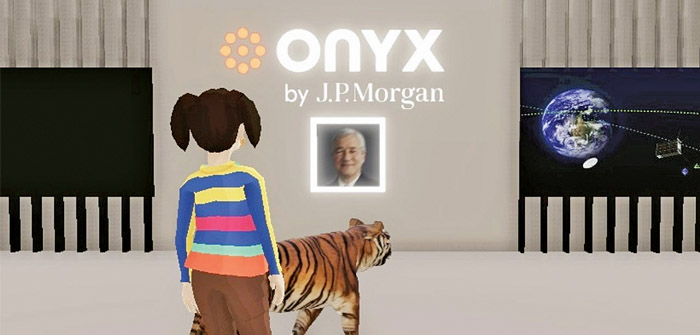(Graphic | Courtesy of NAI Cascades via bitcoin.com)
“Metaverse” is the latest buzz in the intangible world of digital assets like cryptocurrency and NFTs.
So what is it? In the simplest sense, it is a 3D version of the internet. You can shop, interact with other people, play games, watch concerts and hold meetings. Once launched, the metaverse will be accessible through virtual reality or augmented realty goggles like Google’s Daydream, Meta’s (née Facebook) Oculus or Apple Glasses set to release this year or next.
Like the world wide web, it is limitless and can be expanded simply by writing more code. However, just because you have a website, doesn’t mean it will be trafficked. The same goes for the metaverse. There are four big players (liken this to your four top used websites: Google, Amazon, etc): Decentraland, The Sandbox, Crytovoxels and Somnium.
In each of these worlds, you can purchase digital real estate to build a luxury home, an office building or a storefront. Most recently, JP Morgan has opened a three story metaverse office in the Metajuku Mall in Decentraland, complete with a spiral staircase and “live” tiger in their lobby. The Sandbox continues to gain notoriety for Warner Music’s concert-focused theme park which will host immersive music experiences. “These companies fully intend to create spaces like virtual malls and other rentable properties where, for example, Nike might set up shop,” said Kristi Waterworth of The Motley Fool. Additionally, brands such as Atari and Adidas have purchased real estate in The Sandbox so consumers can interact with and purchase their products in the virtual world.
Other major brands like Nike and Gucci have partnered with metaverse gaming platforms Roblox and Fortnite to create exclusively digital merchandise for avatars and Sotheby’s has an exclusively NFT auction house in the metaverse.
Here’s where the when and where come in. Each of these worlds, have a finite number of parcels. For example, Decentraland has 90,601 parcels. The Sandbox has 166,464. Think of this like Manhattan in early 1900s and everyone wants in. Real estates sales in the metaverse topped $500 million last year and could double this year. Parcels in Decentraland that sold for $20,000 when the platform launched four years ago, now fetch around $100,000 lending itself to the adage, “The best time to buy real estate was six months ago. The second-best time is now.”
With travel between locations virtually instant, does the “where” even matter? Not in respect to location so much as proximity. The equivalent of beachfront property is adjacent to a heavily trafficked property. For example, parcels near Snoop Dogg’s partnership with The Sandbox where he has hosted a party charging entrants to see him perform in a virtual re-creation of his mansion, are selling at a premium; Snoop Dogg’s neighbor purchased the parcel for $450,000.
Andrew Kiguel, founder and CEO of Tokens.com which set a metaverse market records with its $2.5 million purchase of 116 parcels in The Sandbox said, “For many brands, the metaverse is about billboards rather than buildings.” And likened it to purchasing advertising space on the internet today.
Of course, there are skeptics who foresee a dot-com like bubble and question the validity of “unreal” real estate. But metaverse real estate isn’t subject to the real world volatility like, say, a pandemic, or supply chain issues. With real estate in such short supply, maybe the metaverse is virtually the place to be.





